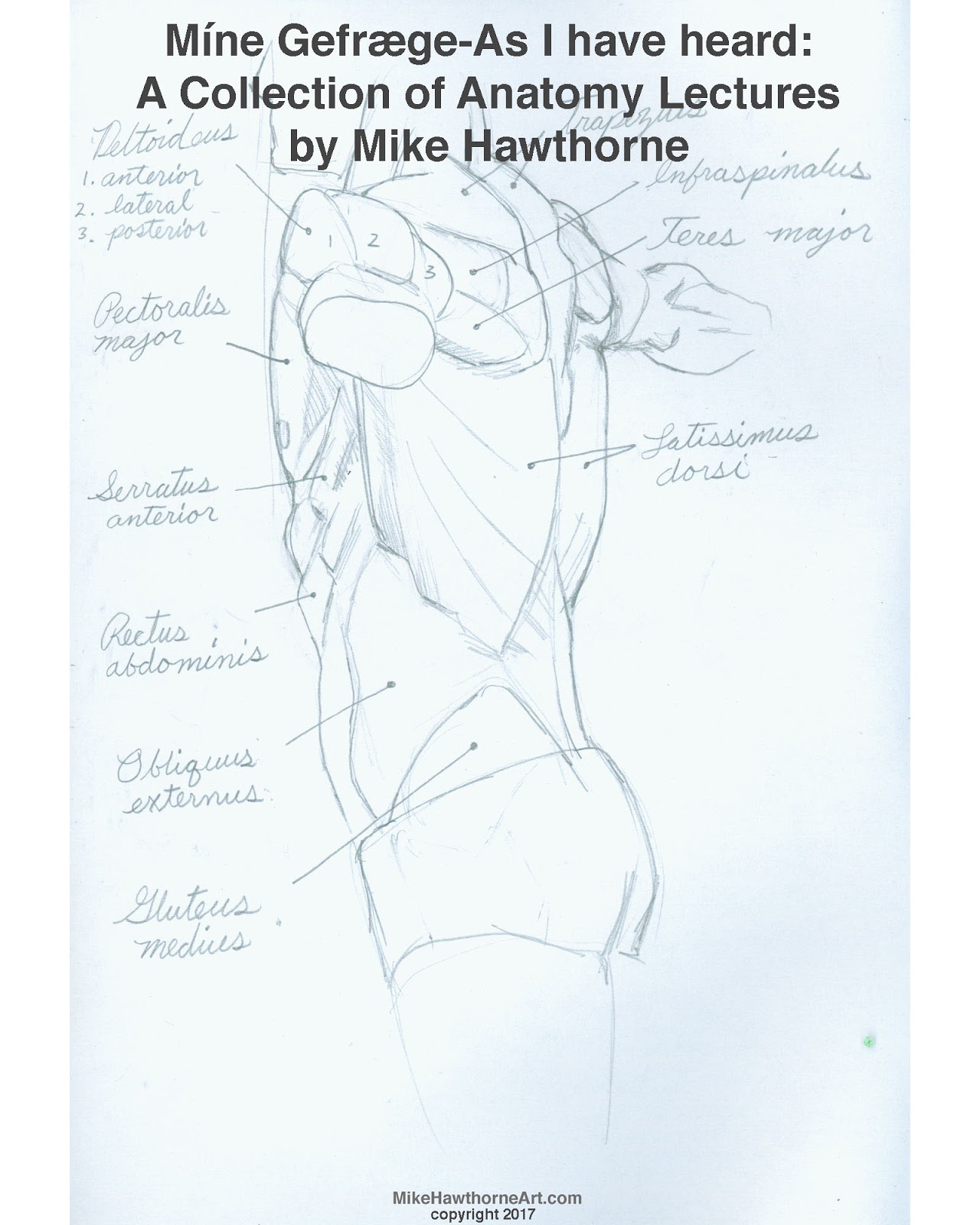


This phrase, far from being an oxymoron, indicates the purposive collapse of the objective (‘scientific’) and subjective (‘artistic’) binary in Richer's sculptures of pathology. This was a new kind of medical specimen: the ‘scientific artwork’, as they were called by a contemporary. He mastered anatomy, physiology, drawing and modeling with equal skills, and created mon-uments glorifying French medicine, such as his tributes to Alfred Vulpian (Figure 3). These patient portraits were seen as objective, while also paradoxically providing an alternative to mechanical media, such as the photograph and the cast, by permitting the doctor's intervention in not only controlling and animating the sitter, but also emphasising the patient's symptoms. 485 Richer was a member of the Academy of Medicine from 1898, and in 1903 assumed a chair in artistic anatomy at l’Ecole des Beaux Arts. His ‘series of figural representations of the principal types of nervous pathology’ included busts of patients suffering from labio-glosso-laryngeal paralysis and myopathy, as well as sculptures depicting patients with Parkinson's disease and juvenile hypothyroidism. Under the direction of Doctor Jean-Martin Charcot (1825–1893), one of the founders of modern neurology, Richer was the head of the hospital's museum of pathological anatomy, as well as the Salpêtrière's resident artist. This article examines the little-known sculptures of pathology created by Doctor Paul Richer (1849–1933) in the 1890s for the so-called Musée Charcot at the Hôpital de la Salpêtrière in Paris.


 0 kommentar(er)
0 kommentar(er)
